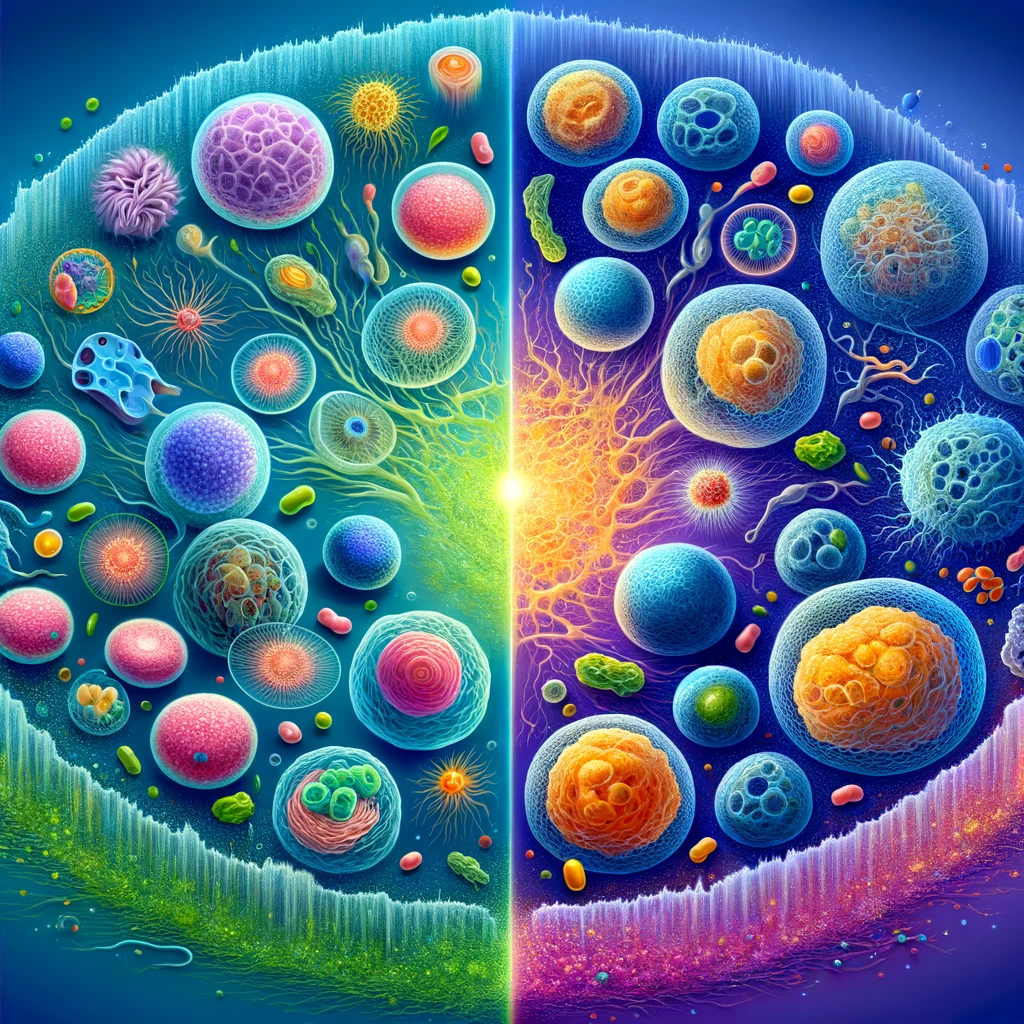- Home
- Wellness
- Support Us
- Community
- Ben Greenfield – The Ultimate Resource Guide
- Dave Asprey – The Father of Biohacking
- Dr. Andrew Huberman – Pioneering Neuroscience Research
- 🔬 Dr. David Sinclair: Pioneer in Anti-Aging and Longevity Science 🧬
- Dr. Steven Gundry, MD: The Pioneer in Holistic Health and Wellness
- Max Lugavere: Health and Science Journalist,
- NAMI, the National Alliance on Mental Illness
- Eco-Life
- Insights
- Home
- Wellness
- Support Us
- Community
- Ben Greenfield – The Ultimate Resource Guide
- Dave Asprey – The Father of Biohacking
- Dr. Andrew Huberman – Pioneering Neuroscience Research
- 🔬 Dr. David Sinclair: Pioneer in Anti-Aging and Longevity Science 🧬
- Dr. Steven Gundry, MD: The Pioneer in Holistic Health and Wellness
- Max Lugavere: Health and Science Journalist,
- NAMI, the National Alliance on Mental Illness
- Eco-Life
- Insights
- Home
- Wellness
- Support Us
- Community
- Ben Greenfield – The Ultimate Resource Guide
- Dave Asprey – The Father of Biohacking
- Dr. Andrew Huberman – Pioneering Neuroscience Research
- 🔬 Dr. David Sinclair: Pioneer in Anti-Aging and Longevity Science 🧬
- Dr. Steven Gundry, MD: The Pioneer in Holistic Health and Wellness
- Max Lugavere: Health and Science Journalist,
- NAMI, the National Alliance on Mental Illness
- Eco-Life
- Insights
Top Insights
Home
Understanding Senescence: The Process of Cellular Aging
Understanding Senescence: The Process of Cellular Aging

Visual representation of cellular aging
Recent Posts
Categories
- Anti-Aging32
- Beauty2
- Ben Greenfield Corner170
- Biohacking24
- Books1
- Bulletproof6
- ChatGPT Insights52
- Dr. David Sinclair2
- Dr. Gundry MD1
- Emotional Balance27
- Health13
- Huberman Labs Highlights22
- Human Potential Newsfeed316
- Intellectual Expansion59
- Lifestyle10
- Longevity19
- Max Lugavere19
- Mindset27
- Modern Wellness3
- Nutritional Insights220
- Physical Wellness28
- Recipes28
- Self-care26
- Social Well-being13
- Supplements3
Related Articles
Nutritional InsightsRecipes
Crispy, Golden, Baked Vegan Chickpea Nuggets
These chickpea-based nuggets from the Eat the Rainbow: Vegan Recipes Made with...
ByYoung By ChoiceApril 28, 2024
Biohacking
Biofeedback
Discover the marvel of biofeedback: your body's own Morse code. Learn how...
ByYoung By ChoiceApril 27, 2024
Ben Greenfield Corner
Dr. Cameron Chestnut’s Guide to Natural-Looking Facial Rejuvenation
April 27, 2024 Interested in reclaiming your youthful appearance but terrified by...
ByYoung By ChoiceApril 27, 2024
Emotional BalanceHuberman Labs HighlightsMindsetSelf-care
How to Prevent & Treat Colds & Flu
In this episode, I explain the biology of the common cold and...
ByYoung By ChoiceApril 27, 2024













